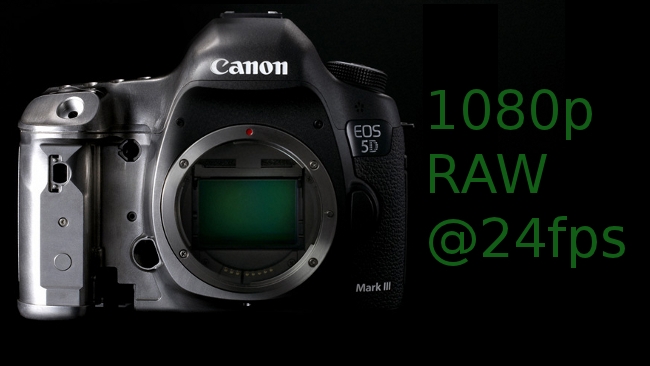
Magic Lantern overlays ‘zebras’ onto the ‘live view’ on your LCD to let you know when a portion of your scene is over-exposed, or under-exposed. I’m pretty sure once you’ve heard the examples, you wont need any more convincing! Zebras to See What is Over/Underexposed, as we Shoot To see how well it works, check out this comparison of gain controls. Magic Lanterns improvements to Canon’s auto gain control isn’t something you’ll be looking at or interacting with much, but it’ll being working in the background for you the entire time. No more wondering whether that sneeze in the background was picked up by the camera - you’ll know for sure as it comes through your headphones loud and clear! Now, you can hear exactly what the camera records.

Plug in the standard Canon AV cable, add a small $5 adapter, and then connect any pair of regular headphones. With Magic Lantern installed, the AV port of the side of your camera now also carries the audio signal of exactly what is being recorded. No more finding out about the problem when you get back to your computer! Headphone Monitoring, to Hear What’s Being Recorded, as we Shoot

They bounce up and down in real time as your subject speaks, allowing you to instantly know if the audio is too quiet, or peaking too loud. Magic Lantern adds two green bars at the top of the display to show the amount of sound coming into the left and right audio channels. On-screen Audio Metering, to See Sound Levels as we Shoot

The added features make it easier to use your camera to capture professional quality sound and video. Magic Lantern adds functionality on top of your camera’s existing user interface - sort of like a free upgrade that you install via your SD card.

But did you know that it can shoot even better video if you install a free enhancement, called Magic Lantern? You already know that your Canon DSLR can shoot great video.


 0 kommentar(er)
0 kommentar(er)
